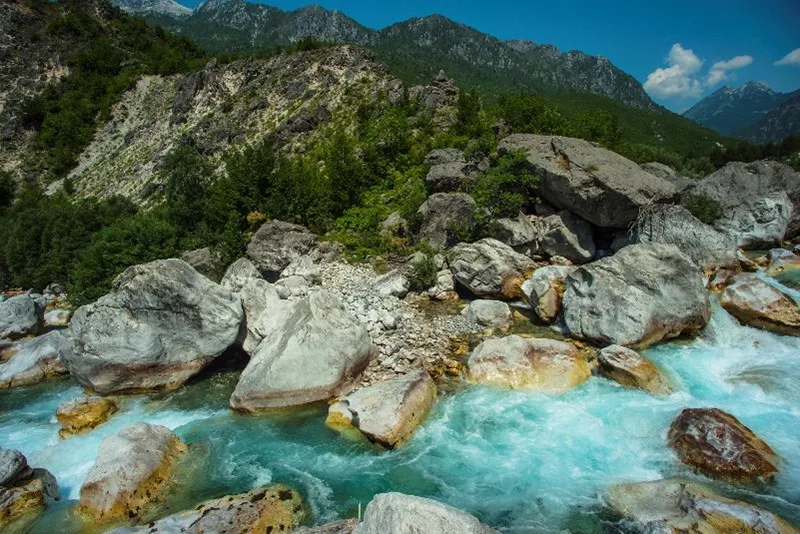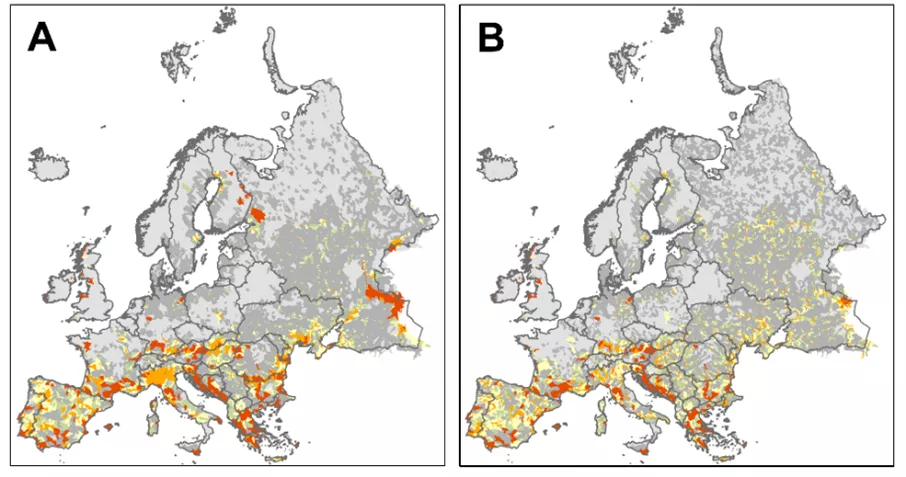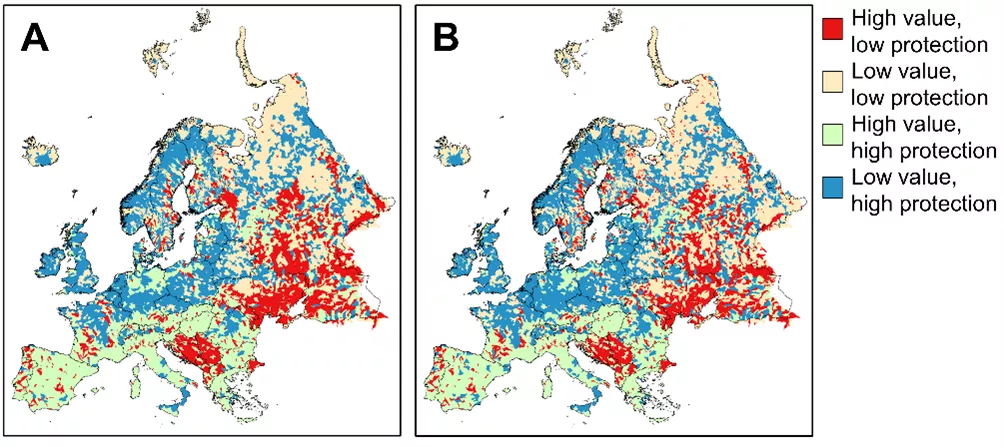An international research group led by the staff of the ELKH Centre for Ecological Research (CER) has prepared a comprehensive analysis of the most important aspects of the protection of European freshwater biodiversity. The analysis ranks the continent's watersheds according to their value and based on the conservation status of the species living there. The researchers found that majority of the most important areas are located on the Mediterranean peninsulas, but that the watersheds in Hungary are also of special value. The analysis has been published in the journal PLOS ONE.
Although freshwater covers only one percent of the Earth's surface, it is home to ten percent of known species. Freshwater ecosystems provide many ecological services, including food production, carbon storage and water purification. At the same time, in these habitats the population of individual species declines at a higher rate than in terrestrial and marine ecosystems. The reason for this is primarily the loss of habitat, which occurs due to drainage, riverbed regulation, the establishment of hydropower plants, pollution and climate change. The situation of fresh waters is also made harder by the fact that they are less often taken into account when designating protected areas. For example, the role of individual watercourses is often lost in the delimitation process of different territories.

In order to promote more effective protection of freshwater biodiversity, an international research group led by CER staff has prepared a comprehensive analysis that ranks watersheds on the European continent based on their nature conservation value. Their value was also compared with territorial protection using a global freshwater database that divides the continent into 18,816 watersheds. The distribution of each species in the watersheds was summarized based on data from the World Conservation Union (IUCN). The analysis included data on 512 fish, 656 molluscs, 124 dragonflies, and 339 aquatic plants, amounting to a total of 1,631 species. These species were taken into account using a range of different weights, including on the basis of the endangeredness and their ability to spread, as defined by the IUCN. The more endangered a species is, or the less able it is to spread, the greater weight it was awarded in the study.

For the analysis, the researchers used the toolbox of systematic nature conservation planning, the aim of which is to designate protected areas based on scientifically based criteria. From the dawn of nature conservation until the last few decades, protected areas were designated on the basis of social and aesthetic aspects in terms secluded, less frequently used, but at the same time often very scenic places. Examples include the world's first national park, Yellowstone in the United States, and Hortobágy National Park in Hungary, which is difficult to cultivate but has significant value both culturally and biologically.
Recently, however, in this field a scientific approach has gained more prominence that takes into account biodiversity and the greatest possible territorial coverage of endangered species and habitats. One important step in this move is spatial nature conservation prioritization: at the end of this process, different priority values are assigned to certain planning units - for example, administrative units, watersheds and grid cells. Priority values are usually calculated using software developed especially for this purpose. An example of this is Marxan, which was developed by Australian researchers to lay the foundation for the expansion of the Great Barrier Reef National Park. In addition to the designation of new protected areas, this kind of software is also suitable for examining the validity of the existing network of protected areas.

In their current study, the researchers also used the Marxan software to help calculate the conservation value of the watersheds by awarding different weights to each species. Most of the valuable watersheds are located on the Iberian, Italian and Balkan peninsulas, as well as along larger rivers, such as the Danube, with decreasing proportions moving north. It was also revealed that in terms of the average value calculated for each country, Hungary ranks third in Europe. The researchers also examined the nature conservation value as a function of the interconnectedness of the river sections. This is significant as the effects on individual watersheds may also affect other watersheds due to the flow of rivers – ensuring the connectivity of river sections has recently come to the fore in nature conservation. The analysis revealed that although the integration of connectivity is important, the possibility of protecting certain lake species is reduced if the priority areas that can be designated are limited. The researchers also examined the extent to which conservation value overlaps with the current network of protected areas. The situation can be said to be positive in most of Europe, although the difference between the eastern-southern and western-northern countries is quite significant. In the European Union, thanks to the existing Natura 2000 network, not only high nature conservation values are combined with high levels of protection – as in Hungary, for example – but often low values as well. The expansion of the network of protected areas in Europe would be most important in the Balkan Peninsula, which is highlighted in terms of freshwater biodiversity, but Ukraine and Russia also abound in high-value but low-protected areas.
